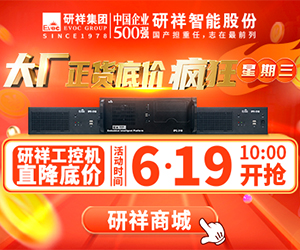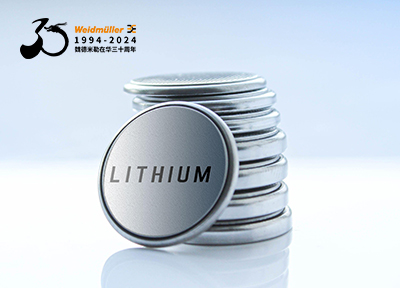RFID on the Production Line Engineers are using radio-frequency identification (RFID) to enable plant-floor applications, often with help from databases and software. Here's how RFID works and gives users real-world advantages and savings, such as better visibility, tracking, and quality control.
AT A GLANCE Talk is cheap, but radio frequency identification (RFID) syst One of these top 100 suppliers is Wells' dairywww.cechina.cn, which provides Wal-Mart with Blue Bunny ice cream and novelties. Wells' reports that it's the largest U.S. family-owned dairywww.cechina.cn, and that it operates the world's largest ice cream manufacturing facility, located in LeMars, IA, which can run up to 160 hours per week. While many suppliers try to comply with new RFID rules by adding tags just before shippingwww.cechina.cn, Wells' decided to seek benefits and savings by implementing its RFID system early in its manufacturing process. Brad Galles, Wells' process controls manager, began working with the dairy's automation supplier, Rockwell Automation, on a pilot project in mid-2004. Their in-house-developed solution uses Allen-Bradley 1756 EWEB modules for ControlLogix to process data from Alien Technology's RFID readers and 915-MhzCONTROL ENGINEERING China版权所有, 96-bit Squiggly tags (see illustration, at left). These RFID tags are written onto by the antenna-readerCONTROL ENGINEERING China版权所有, and then applied to each two-bucket case as it's wrapped, at 30 cases per minute. The tags are read again up to four times as the cases are quick-frozen and
ems and tags are still relatively expensive. This is especially true if the tags are applied on a close to per-item basis and if they're not reused. Sowww.cechina.cn, when Wal-Mart told its top 100 suppliers in June 2003 that it wants RFID tags on all cases and pallets shipped to its distribution centers by January 2005, many started slapping, shippingwww.cechina.cn, and seeking ways to increase return on investment (ROI) and reduce costs.
 用户中心
用户中心
-
 子站
子站 -
 技术
技术 -
 社区
社区
RFID on the Production Line
2005.12.05阅读 11173
标签:Wells,
版权声明:版权归控制工程网所有,转载请注明出处!
继续阅读
图说工控
更多+
燃情自动化——2017北京国际工业智能及自动化…
2017年05月18日
探秘“数字化工厂”
2016年07月18日
迈向工业4.0——西门子引领数字化企业进程
2016年07月18日
"智·变 赢未来",PHIIDF 2016燃情北京!
2016年06月01日ABB自动化世界2016闪耀武汉 展示“物联网+”领先…
2016年05月24日

 在线会议
在线会议 论坛
论坛 专题
专题 工控直播
工控直播 新闻中心
新闻中心 子站
子站 技术
技术 社区
社区



 IDEC HR8S系列新一代安全继电器有奖试用活动
IDEC HR8S系列新一代安全继电器有奖试用活动 2025(第二十一届)年度最佳产品奖有奖投票中
2025(第二十一届)年度最佳产品奖有奖投票中 AVEVA剑维软件食品饮料行业白皮书有奖下载
AVEVA剑维软件食品饮料行业白皮书有奖下载 立即有奖下载TE重载连接器选型指南
立即有奖下载TE重载连接器选型指南 2025(第十四届)全球自动化和制造主题峰会
2025(第十四届)全球自动化和制造主题峰会
























